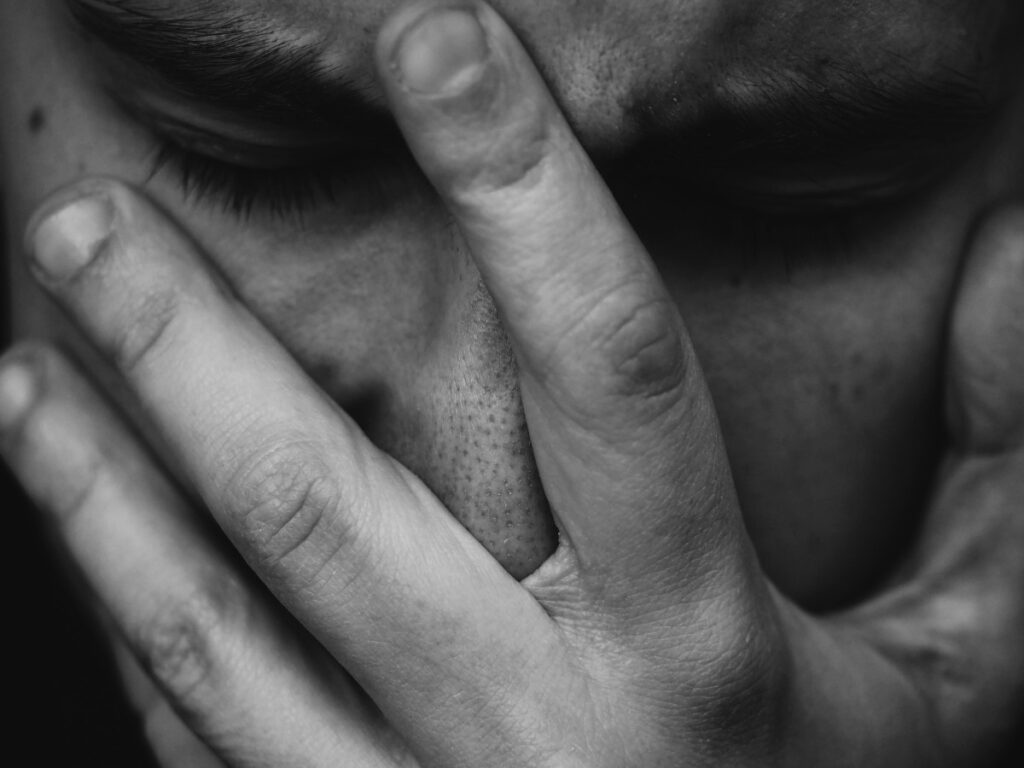Bariatric procedures, such as a balloon for weight loss, are giving people more options to treat obesity. This is a great option if you’ve exhausted all other weight loss methods without success and if you prefer a non-surgical approach.
By inserting a silicone balloon in the stomach, this procedure aims to limit a patient’s food intake for six months before it gets removed. Patients are expected to eat less during these months while adopting a healthier lifestyle for the best weight loss results.
Although the balloon for weight loss may be a temporary and quick procedure, it is important to be aware of the potential side effects and complications that may occur. Below are the common signs and symptoms that may arise following the gastric balloon procedure.
Nausea and Vomiting

After the balloon has been inserted, bariatric patients may experience nausea and vomiting for the next few days to a week. This is quite common as the stomach is still adjusting to the new device.
Doctors usually prescribe medications to relieve these symptoms before discharge. However, if these symptoms persist for more than 10 days or become unbearable early on, you should contact your doctor rather than wait for this phase to pass.
Remember to maintain an open line of communication with your healthcare provider to ensure a successful recovery from this procedure.
Bloatedness
A balloon in your stomach may cause bloating, which may persist for the entire six-month period that it remains in the stomach. This can be a challenge for some patients. However, it’s important to note that this is a common side effect as this bariatric procedure is designed to induce a feeling of fullness.
While the sensation of bloating caused by the balloon for weight loss may not be pleasant, it may have a silver lining. The feeling of fullness can help curb your appetite and serve as a signal to stop eating.
Stomach Discomfort
A newly inserted balloon may cause stomach discomfort, cramps, and even pain for some patients. Don’t be alarmed, though, because this is only short-term and usually subsides within a few days following the gastric balloon insertion.
To allow your stomach to adjust to the balloon, your doctor may suggest a diet consisting of only liquids and soft foods for several weeks before reintroducing solid foods. Maintaining a healthy and balanced diet after the procedure is important to ensure successful weight loss and improved quality of life.
Acid Reflux
Bariatric procedures can lead to heartburn and acid reflux as side effects, which are a result of the changes made to the digestive system. This is usually experienced after meals and can worsen upon consuming certain foods, such as coffee, alcohol, spicy dishes, and fatty meals.
Doctors and nutritionists recommend reducing the consumption of foods that can trigger acid reflux. Additionally, physical activity can aid in digestion and help alleviate symptoms.
However, if symptoms persist despite these measures, consulting with a doctor for a GERD medication prescription may be necessary.
Decreased Bowel Movement
You may notice a decrease in your bowel movement activity if you’ve recently had a gastric balloon. This may be concerning for those who are not familiar with the process, however, it’s important to understand that this is quite common.
Due to the balloon taking up space in your stomach, emptying it may be slower than usual and can lead to constipation. Additionally, changing your diet and eating habits can also affect the decrease in your bowel movements.
To manage this side effect, you may want to try out the following tips:
- Always stay hydrated by drinking plenty of water
- Gradually add fiber to your diet
- Ensure to move around daily to stimulate your bowel movements
If you have not had a bowel movement in more than three days, your healthcare provider may recommend using laxatives to alleviate this symptom.
Smelly Burps
Another unpleasant symptom you may experience after the procedure is bad breath or an odor when burping. This occurs when food gets trapped or stuck around the balloon, preventing it to digest properly.
To ensure proper digestion, it is advisable to chew your food thoroughly as this can aid in breaking down the food particles effectively. Additionally, moving around and drinking water after your meal can help wash off any food residue around the balloon and facilitate the digestion process in your stomach.
Conclusion

Gastric balloon for weight loss is a promising option for those struggling with obesity and weight-related health conditions. While this non-surgical approach is only temporary, it can be an effective tool in helping patients adopt a healthier lifestyle and achieve their weight loss goals.
To ensure a safe and smooth recovery from the procedure, it is essential to have a clear understanding of the potential side effects and complications that may occur. By being aware of these risks, you can take the necessary steps to alleviate them and be better prepared for any challenges that may arise.
Remember to always seek guidance from your doctor if you experience anything unusual or concerning after the procedure.

